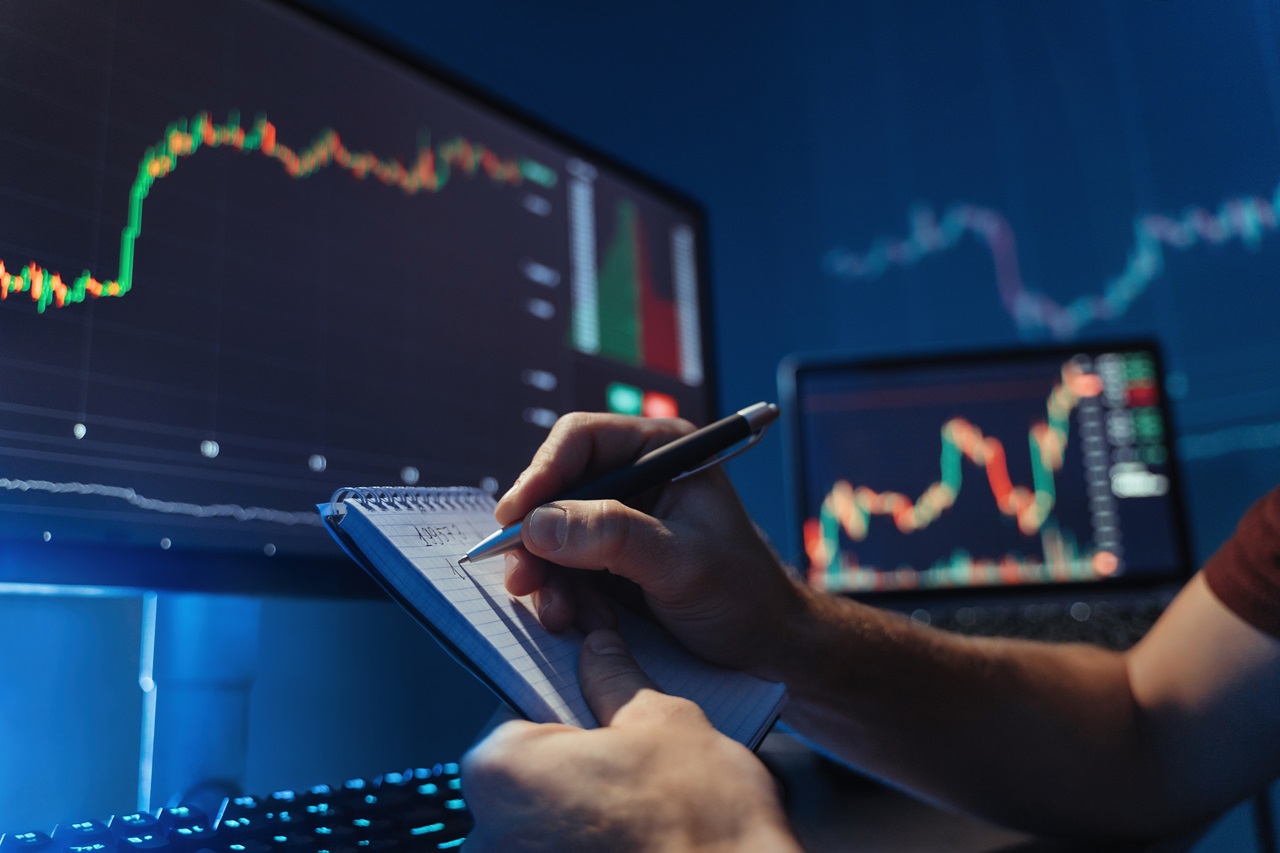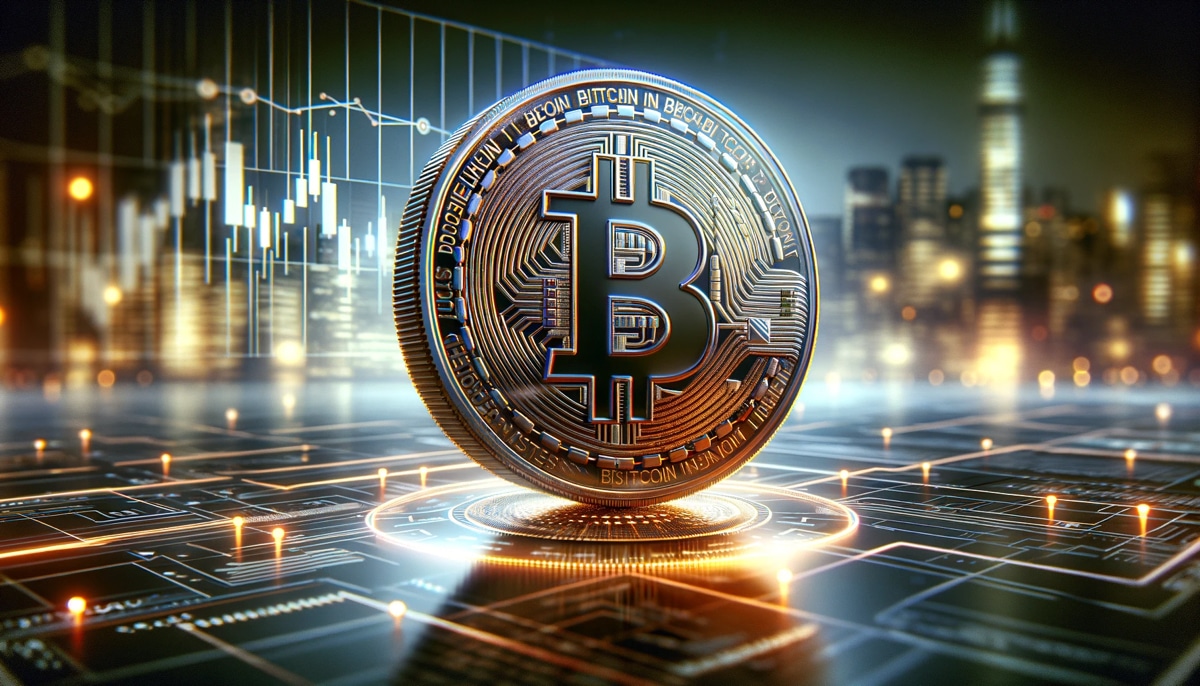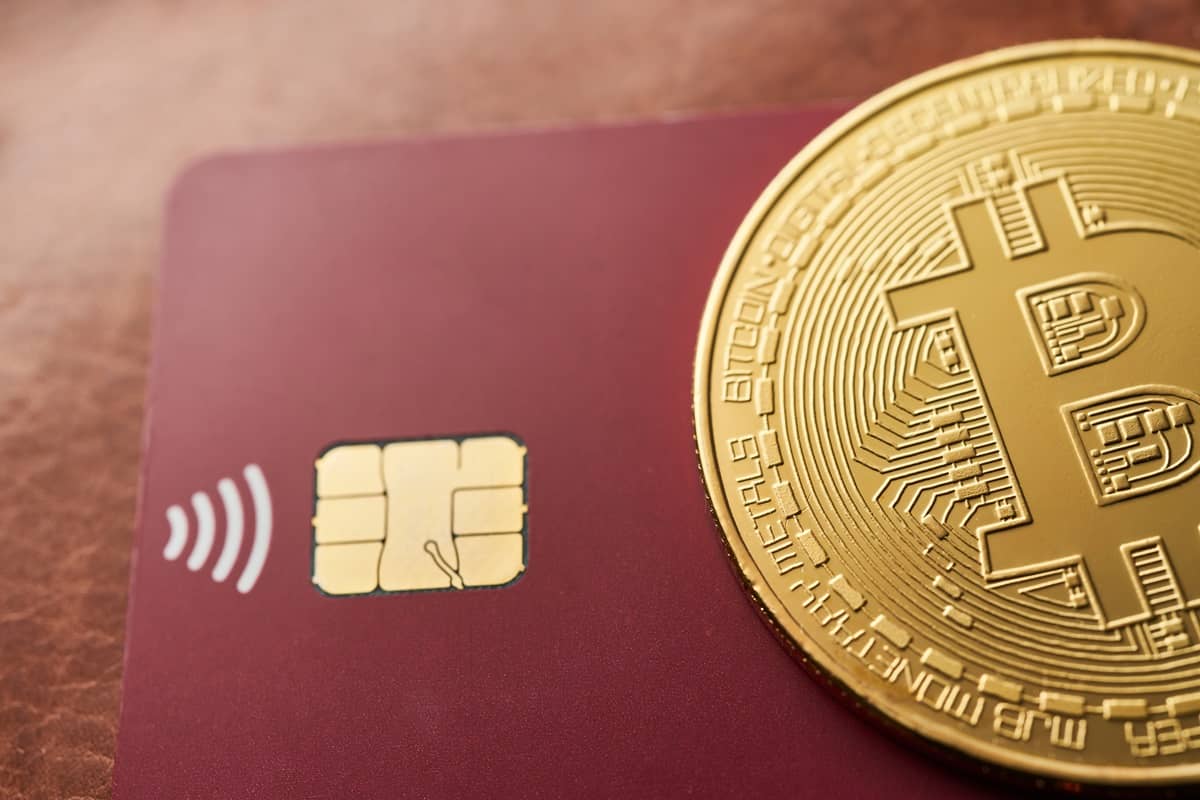
Understanding futures market pricing can be a daunting endeavor. But don't worry - we're here to simplify the complex concepts and provide you with a readily digestible guide.
The world of cryptocurrency has exploded in popularity in recent years. With the advent of blockchain technology, new financial opportunities have emerged, and futures trading is one of them. If you're interested in the crypto markets, knowing how futures prices are determined is a critical part of navigating this exciting landscape.
What are futures?
Before delving into the specifics of futures pricing, it's good to start with a definition. In essence, a futures contract is a legal agreement between two parties to buy or sell an asset at a specific price and at a future date. This asset could be anything, from traditional commodities like gold and oil to digital assets such as cryptocurrencies.
Factors Affecting Futures Prices
There's quite a list of factors that can sway the prices of futures contracts. Let's consider some of the key influencers:
- Supply and Demand: This is the fundamental dynamics that affect the price of any asset, including futures. If the demand for a futures contract exceeds its supply, the price increases, and vice versa.
- Interest Rates: Generally, when interest rates increase, futures prices go down and when they decrease, futures prices go up.
- Storage Costs: Yes, even virtual assets can incur storage costs. For physical commodities, it is the cost of warehouses, insurance, etc. For digital assets like cryptocurrency, it could involve hardware devices and the cost of securing the data.
- Time: The longer the time until the futures contract expires, the less certain we are of what will happen, leading to higher prices.
Essentials of Crypto Futures Pricing
Now that we've got some general knowledge on futures pricing, let's specifically look at cryptocurrency futures. Cryptocurrencies, given their volatile nature, make for an interesting subject matter in the futures market.
Understanding the intricacies of crypto futures pricing is crucial for traders to make informed decisions and manage their risks effectively.
Different factors influence crypto futures prices, including volatility and liquidity of the particular cryptocurrency, the perceived future value of the currency, and significant market events like regulations and technological updates.
In conclusion, futures market pricing can seem complicated, but having a good understanding of the factors involved can help inform your trading decisions.
The Connection Between Spot Prices and Crypto Futures Market Prices
Understanding the link between spot prices and crypto futures market prices is crucial when navigating these complex markets. Spot price, by definition, is the current market price at which an asset like Bitcoin or Ethereum can be bought or sold for immediate delivery. The price of crypto futures contracts, on the other hand, represents the expected value of the cryptocurrency asset at a future date. Both prices are inherently linked, and many factors cause them to move in tandem or diverge.
Under typical market conditions, we can expect the price of futures contracts to converge towards the spot price as the contract's expiration date approaches. This is referred to as the "basis" becoming narrower. The basis is the difference between the future market price of a cryptocurrency and its spot price. If the futures price is higher than the spot price, the basis is in 'contango,' which often indicates that the market expects the value of the asset to rise. If it's lower, it's in 'backwardation' - hinting at expectations of the asset's price falling.
Differences between the spot price and the futures price are not unusual and can be attributable to various factors such as transaction costs, storage costs, interest rates, and supply and demand dynamics. As such, investors should be aware that large differences will typically balance out as the futures contract nears expiration, often leading to volatile price movements.
However, the crypto market is significantly different from traditional markets - especially because it operates 24/7 worldwide. The intricacies of global trading can create unique situations, such as "negative basis" where the futures price becomes lower than the spot price, or the possibility of very large "positive basis" where the futures contract trades at a significant premium to the spot.
So to sum up, the relationship between spot prices and crypto futures prices is complex but understanding it enables traders to make informed and strategic trading decisions. It is essential to bear in mind that an accurate prediction of the future is nearly impossible and that all trading activities should be conducted weighing the associated risks and potential benefits.
Exploring the Role of Arbitrage in Determining Crypto Futures Prices
Arbitrage plays a critical role in the formation of crypto futures prices. Without understanding this concept, it can be challenging to comprehend the nuances of futures pricing. Let's delve into it.
Arbitrage is a financial strategy that involves taking advantage of price differences in different markets or exchanges to make a profit. The principle behind this strategy is the law of one price, stating that identical goods, in this case, cryptocurrency, should sell for the same price in all locations.
In the context of crypto futures, arbitrage opportunities arise when there is a discrepancy between the futures prices and the spot prices of the underlying cryptocurrencies. Savvy investors exploit these price differentials to secure a risk-free profit.
Here's how it works: if the futures price of a cryptocurrency is higher than its spot price, an arbitrageur can buy the cryptocurrency in the spot market and sell an equivalent futures contract simultaneously. They will then hold onto the cryptocurrency until the futures contract expires to deliver it and make a risk-free profit. This process known as cash-and-carry arbitrage, serves to bring futures prices closer to the spot prices, ensuring an efficient market.
Conversely, if the futures price is lower than the spot price, arbitrageurs can utilize the reverse cash-and-carry arbitrage. In this scenario, they sell short the cryptocurrency in the spot market and buy an equivalent futures contract. Upon the expiration of the futures contract, they will then buy back the cryptocurrency to close the short position, also securing a risk-free profit.
In both cases, the actions of the arbitrageurs help to ensure that the futures prices do not deviate significantly from the present spot prices.
Impact on Crypto Futures Prices
Arbitrage activities do not merely make it possible for traders to profit from the price discrepancies. They also play a crucial role in maintaining market efficiency and fairness. These activities ensure that futures prices accurately reflect their fair value, which is determined by the current spot price, the cost of carry, and the time to expiration.
So, there is constant interplay between arbitrage, spot prices, and futures prices, ensuring that the crypto futures market remains balanced and fair. These dynamics demonstrate the vital role of arbitrage in determining crypto futures prices.
How Market Sentiment Shapes the Pricing of Crypto Futures Contracts
Market sentiment, in its simplest terms, refers to the collective attitude or general feeling of investors towards a particular market or financial instrument. It's capable of moving markets, driving price trends, and precipitating rapid shifts in market direction. When it comes to the pricing of crypto futures contracts, market sentiment plays a significant role.
Let's dive into the specifics of how this happens.
Understanding Investors' Attitude
The bullish or bearish sentiment of investors has a profound impact on the pricing of futures contracts. When the prevailing market sentiment is positive (bullish), there's an expectation of price appreciation, which often leads to increased demand for futures contracts. This increased activity can result in higher futures prices.
Conversely, if the sentiment turns negative (bearish), there's an expectation of a price drop in the underlying asset. As a result, investors are likely to sell out their positions, which can put downward pressure on the futures prices, leading to lower rates.
Impact of News and Events on Market Sentiment
News and events, both globally and locally, can shape market sentiment in meaningful ways. For example, regulatory changes, technological breakthroughs, market infrastructure updates, and economic indicators are all factors that can significantly sway investors' sentiment positively or negatively.
Imagine a new regulation coming into play that restricts the activities of crypto traders. This could create a bearish market sentiment, as investors fear the new regulations might negatively impact the demand or usage of cryptocurrencies. As a result, the prices of crypto futures contracts might take a dip.
The Role of Market Sentiment Indicators
Tools and indicators that gauge market sentiment are a valuable help to traders and speculators in the crypto futures market. These indicators, which include the Fear & Greed Index, can provide insights into the prevailing sentiment. An extreme greed situation may imply an overbought market condition, pushing crypto futures prices higher, while extreme fear could indicate an oversold condition, which could potentially bring about lower futures prices.
One important aspect to remember is that market sentiment is largely subjective and can fluctuate often, sometimes rapidly. Traders in the crypto futures market must stay alert and keep an eye on current developments that can influence market sentiment.
In conclusion, market sentiment is a powerful force that shapes the pricing of crypto futures contracts. By understanding the effect of investor attitudes, market news, and sentiment indicators, traders can make more informed decisions about their futures trades.
Examining the Role of Leverage in Determining Crypto Futures Prices
Leverage in the financial markets, including the cryptosphere, refers to an investor's ability to control a large amount of money using a relatively small amount of their own capital, and borrowing the rest. Now, the question arises: what does leverage have to do with futures prices? To understand this, we'll need to take a more detailed look at what leverage is and how it's applied in futures contracts.
Understanding Leverage
Simply put, leverage is an investment strategy that uses borrowed money for the potential of higher returns. In other words, you're controlling large dollar amounts of a security with a relatively small amount of capital. With crypto futures, you're leveraging your initial capital to control a greater amount of cryptocurrency than would otherwise be possible with your available funds.
The leverage ratio, represented in the form of ‘X:1,' indicates the amount of capital an investor can borrow. For example, if a futures exchange offers 50:1 leverage, this means that with $1,000, an investor can control a futures contract worth $50,000.
When utilized correctly, leverage can lead to substantial profit. But it can also magnify losses on the other side of the coin, leading to significant losses if the market moves against your position. Remember, high leverage can result in hefty losses just as quickly as large gains.
Leverage's Impact on Crypto Futures Prices
So, how does leverage influence the pricing of futures contracts in the crypto market?
- Price Amplification: With the introduction of high leverage, traders and investors can take on larger positions than they could with spot trading alone. This increased trading activity can greatly influence the futures price, causing it to diverge significantly from the spot price due to speculative actions.
- Increased Liquidity: Leverage can also contribute to an increase in market liquidity. As more traders take advantage of leverage to enter into futures contracts, the liquidity of the market increases. This, in turn, can lead to smaller spreads and more efficient price discovery.
- Volatility: Finally, leverage can amplify market volatility. The more leveraged positions, the higher the potential for large and rapid price movements. This means that futures prices can change rapidly, making them more volatile than their spot counterparts. It can also lead to forced liquidation if a leveraged position moves against a trader.
In essence, while leverage can magnify potential returns for investors, it also carries an inherent risk. Additionally, it plays an influential role in determining the price of crypto futures contracts, often serving to intensify price movements and contribute to market liquidity.
The Influence of Macro Economic Factors on Crypto Futures Pricing
Just like any other type of investment, cryptocurrency futures prices aren't immune to the broader macroeconomic environment. Even though cryptocurrencies are often marketed as independent from traditional economic factors, this isn't entirely accurate. Let's delve deeper into some specific macroeconomic elements which seem to have an effect on crypto futures prices.
Economic Stability
Generally, when the economy in a country is unstable, it may have an indirect impact on the crypto futures prices as cryptocurrency is sometimes viewed as a safe haven asset. In instances where the local currency is depreciating or there's high inflation, individuals may turn to cryptocurrency futures as a protection against local economic uncertainty. Consequently, an increase in demand could potentially drive up futures prices.
Interest Rates
Interest rates affect the value of all investments, including futures. When interest rates rise, there's a higher cost of capital which can ultimately discourage people from investing, thereby affecting the demand and subsequently the price of futures contracts. However, the relationship between crypto futures prices and interest rates could be complex and often depends on the expectation for future interest rates. It's essential to bear in mind that other factors may counteract or amplify the impact of interest rates on crypto futures prices.
Global Economic Indicators
Macro indicators such as GDP, unemployment rates, and consumer price indices can also have a bearing on futures prices. Positive economic data can raise investor confidence and stimulate investment in riskier assets, possibly driving up crypto futures prices. Conversely, poor economic indicators may lead to an increase in risk aversion, possibly driving down crypto futures prices.
In conclusion, the influence of macroeconomic factors on crypto futures pricing can't be ruled out, but it is an intricate relationship that also depends on the expectations and sentiment of market participants. Futuring trading, being inherently risky, requires a careful analysis of broader market conditions, and as always, a balanced portfolio is key.
In conclusion, the pricing of crypto futures in the market is influenced by several key factors. Firstly, supply and demand dynamics play a crucial role in determining futures prices. If there is a high demand for a particular cryptocurrency, its futures price is likely to be higher. Conversely, if there is a surplus of supply, the futures price may be lower. This relationship between supply and demand is a fundamental principle in futures market pricing.



